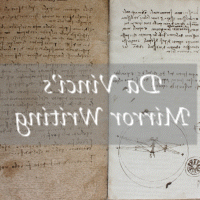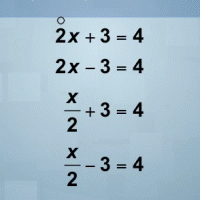
$3.99
Applications of Linear Functions: Speed and Acceleration
When a rocket is launched into space, it starts from rest and within minutes reaches speeds of tens of thousands kilometers per hour. In other words, the rocket accelerates.
In this module, students apply their knowledge of linear functions to explore the speed vs. time function. In the process they learn about acceleration, as well as the properties of this linear function.








